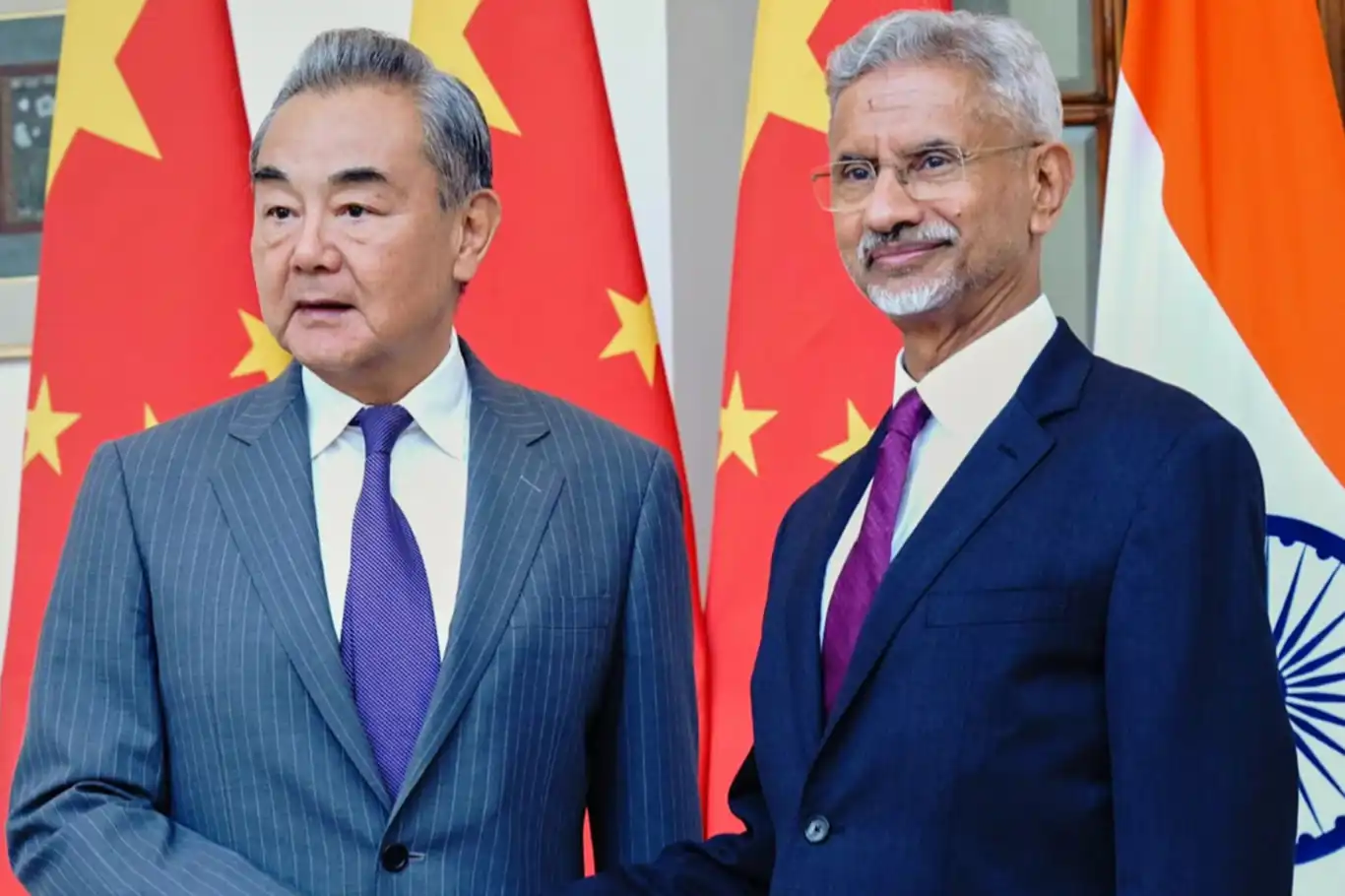India, China launch confidence-building measures amid border de-escalation efforts


India and China have announced a series of confidence-building measures, including the resumption of direct flights, the reopening of border trade at three Himalayan passes, and the expansion of the sacred Kailash Mansarovar pilgrimage.
The decisions were unveiled after Chinese Foreign Minister Wang Yi’s two-day visit to New Delhi, during which he met Prime Minister Narendra Modi, External Affairs Minister S. Jaishankar, and National Security Advisor Ajit Doval.
The Ministry of External Affairs confirmed that both nations will restore direct air connectivity between Indian cities and the Chinese mainland, finalizing an updated Air Services Agreement “at the earliest.” Direct flights, suspended since the 2017 Doklam standoff and further delayed by the COVID-19 pandemic, are expected to resume by October 2025, aligning with Indian carriers’ winter schedules.
Both sides also pledged to ease visa issuance for tourists, business travelers, media personnel, and other visitors, signaling a push toward greater people-to-people exchanges.
In another confidence-building measure, India and China agreed to revive trade through three designated mountain passes: Lipulekh (Uttarakhand), Shipki La (Himachal Pradesh), and Nathu La (Sikkim). These routes, historically vital for cross-border commerce, are expected to bring economic relief to Himalayan communities dependent on local trade.
One of the most significant announcements was the resumption and expansion of the Kailash Mansarovar Yatra starting in 2026. The pilgrimage to Mount Kailash and Lake Manasarovar in Tibet — revered by Hindus, Buddhists, and Jains — was suspended in 2020 due to the pandemic and border tensions. Officials confirmed plans to increase the number of pilgrims permitted, while preparations are underway to upgrade facilities along the route in Tibet.
Addressing the decades-old border dispute along the 3,440-km Line of Actual Control (LAC), both nations agreed to establish at least three new mechanisms. These include forming an expert group under the Working Mechanism for Consultation and Coordination (WMCC) on border affairs, initiating general-level talks in the eastern and middle sectors to complement existing dialogues in the western sector, and expanding the use of diplomatic and military hotlines to prevent escalation.
These mechanisms are designed to build on the October 2024 disengagement deal covering Depsang and Demchok in eastern Ladakh, which helped reduce tensions after the deadly 2020 Galwan Valley clash.
During his meeting with Wang Yi, Prime Minister Modi emphasized that “stable, predictable, constructive ties between India and China will contribute significantly to regional as well as global peace and prosperity.” National Security Advisor Ajit Doval echoed this sentiment, highlighting an “upward trend” in bilateral relations over the past nine months and pointing to relative calm along the LAC.
Doval also confirmed that Modi will travel to Tianjin on August 31–September 1 to attend the Shanghai Cooperation Organisation (SCO) Summit, where he is expected to hold direct talks with Chinese President Xi Jinping.
The rapprochement follows the Modi–Xi meeting in Kazan, Russia, in October 2024, which reactivated dialogue mechanisms after four years of near-freeze. Since then, Beijing has lifted restrictions on exports of rare earth magnets, fertilizers, and tunnel-boring machines to India, while New Delhi has eased visa restrictions for Chinese nationals.
In June 2025, the first group of 750 Indian pilgrims crossed into Tibet for the Kailash Yatra, marking a symbolic turning point in rebuilding trust. Meanwhile, China has agreed to share emergency hydrological data on the Yarlung Zangbo (Brahmaputra) following India’s concerns over Chinese hydropower projects.
Despite progress, hurdles remain. Both nations still maintain 50,000–60,000 troops along the LAC, and full disengagement has yet to be achieved. Skepticism also lingers in Indian public opinion, with many viewing China’s overtures as tactical rather than strategic.
At the same time, India’s strained relations with Washington — following U.S. President Donald Trump’s recent 50% tariff hike on Indian exports and an additional levy tied to Indian purchases of Russian crude oil — have added urgency to New Delhi’s outreach toward Beijing.
The latest agreements mark a cautious yet deliberate attempt to stabilize ties between Asia’s two largest nations. With Modi’s upcoming SCO Summit trip, attention now turns to whether these initiatives can sustain momentum, deepen cooperation, and finally move the two neighbors beyond their cycle of confrontation and crisis. (ILKHA)
LEGAL WARNING: All rights of the published news, photos and videos are reserved by İlke Haber Ajansı Basın Yayın San. Trade A.Ş. Under no circumstances can all or part of the news, photos and videos be used without a written contract or subscription.
The Gaza Strip continues to endure catastrophic loss as the death toll from Israel’s relentless military campaign since October 2023 has climbed to 62,122, with the majority being women and children, according to medical sources.
Russian President Vladimir Putin held a phone call with Turkish President Recep Tayyip Erdogan on Wednesday to review recent developments in the Russia-Ukraine conflict, the outcome of Putin’s summit with U.S. President Donald Trump, and ongoing peace negotiations, the Kremlin said in a statement.
Iran’s Defense Minister, Brigadier General Aziz Nasirzadeh, announced that the country now possesses a new generation of advanced missiles, capable of decisively defending the Islamic Republic against any acts of aggression by Israel or its Western backers.